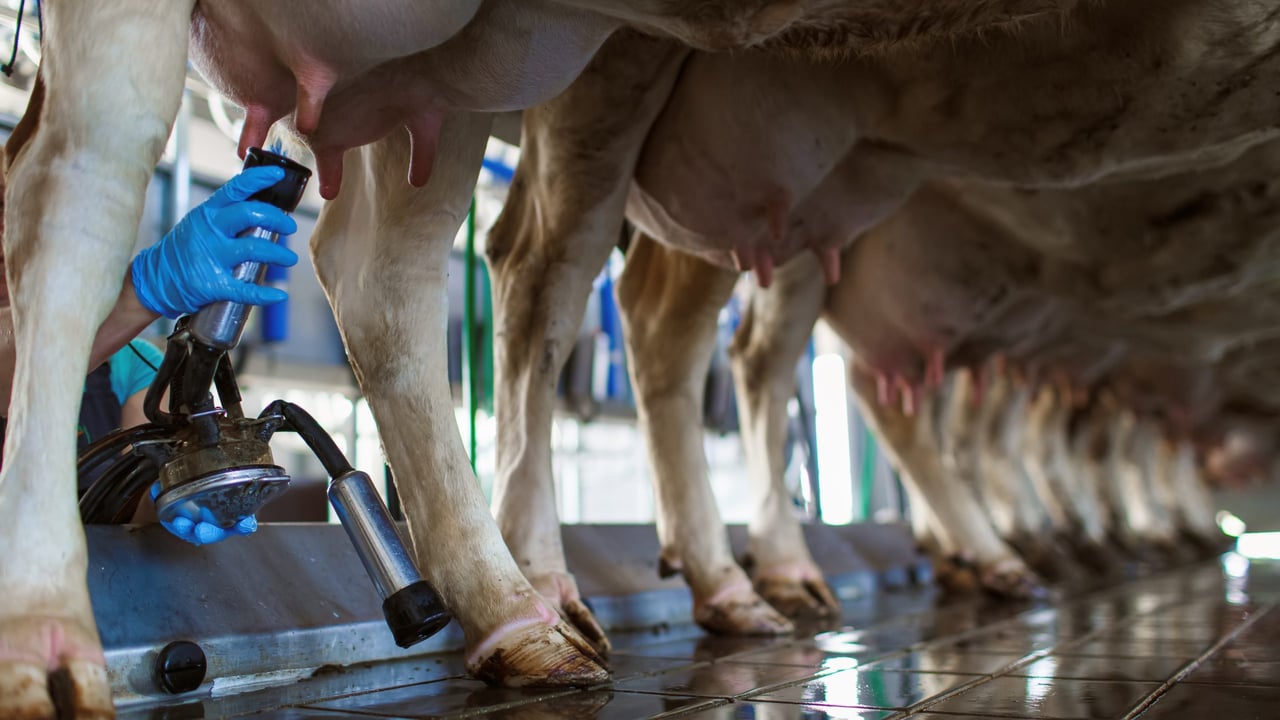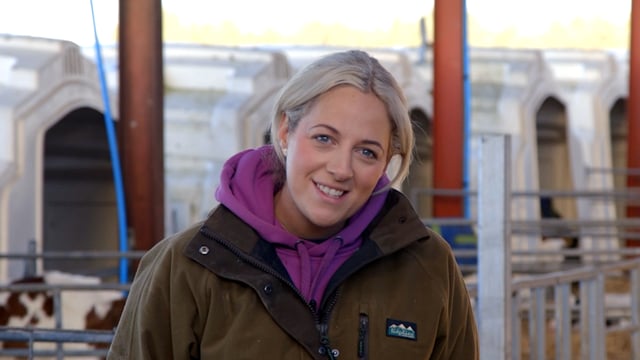Is it a feasible option to change the farm's milking interval?
Milking intervals are a complex topic, as each farm tends to follow its own specific routine and schedule to suit their system.
However, unfortunately the amount of dairy farms in the country are falling, with the latest farm structure report from the Central Statistics Office highlighting how between 2013 and 2023, the number of farms fell from 139,595 to 133,174.
Some farms are now positioning themselves for five years down the road through expansion, with a worst-case scenario outlook that includes the loss of derogation.
However, this expansion no longer suits the traditional family farm set-up that is so common across Ireland, with hired labour becoming ever more popular.
When hiring labour, making the farm an attractive workplace is essential, with renewed milking intervals often being a solution.
Milking interval
One of the most common milking intervals in Ireland is still the 10-12 hour split.
This suits many farmers who are happy to work the long hours, but it may pose a challenge when trying to hire labour.
The majority of industries work a 9-5 job, especially with work/life balance becoming increasingly more popular.
Many employees on a farm may want to finish early for sports, events, travel, or just for socialisation.
This has led to a spike in farmers adapting a 16:8 split milking interval system.
Many farmers have already made the switch for either themselves or their employees, while many are still content with their system.
However, some may fear changing to a 16:8 split could result in a milk yield drop, though studies have shown that this is not the case.
Studies
Teagasc previously carried out a study of milk recording from 2,366 herds across 23 counties.
The study highlighted that the mean evening milking finish time was 6:43p.m.
The study also showed that the average length of the working day was nearly 12 hours, though this came with huge variation showcased within a range of 8.5 hours to 16.4 hours.
A 16:8 milking interval is said to be a feasible option, according to the study, with farmers putting clusters on at 7:00a.m and again that evening at 3:00p.m, which Teagasc feels could reduce the amount of hours worked in a day.
Putting clusters on at 3:00p.m may seem impossible to a lot of farmers, especially during the busy spring months when calves need to be fed.
However, it may be an option for some to test out towards the backend of the season, or even next summer.
In Teagasc's study, there was also no relationship between milking interval and daily milk yield, and no change seen in somatic cell count (SCC).
Therefore, the 16:8 split might be a viable option for a farm to take up, especially if looking to hire in labour.





